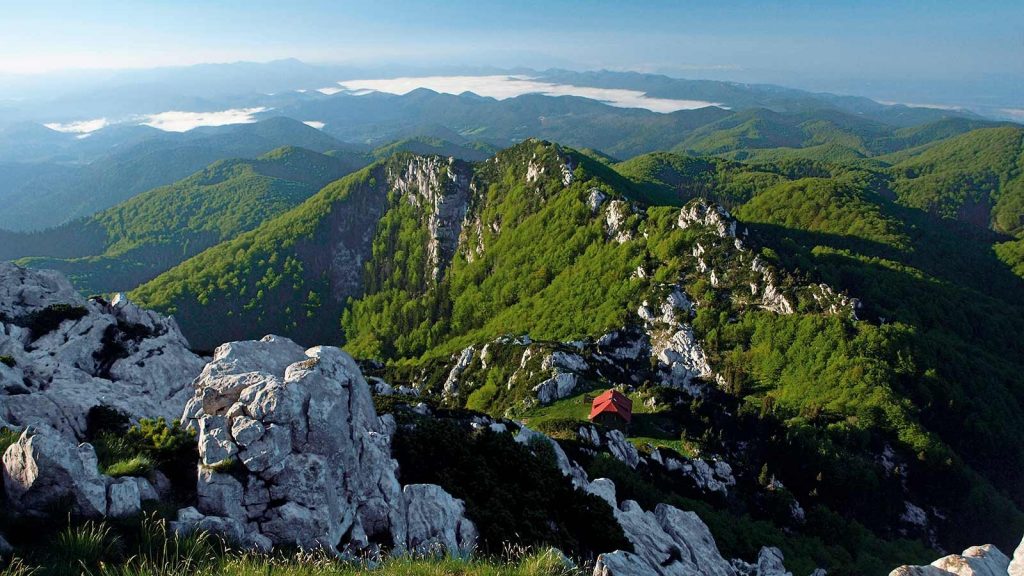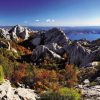Risnjak is a Croatian national park situated in Mountain Croatia. It was declared a national park back in 1953 due to its special beauty, geological, geographical and climatic specialties. On the area of 63.5 km2 (24.5 mile2) we find karst and rain forest marks nature untouched by a human hand.
Risnjak
There are two myths about how this national park got its name. The first one is connected to the animal lynx, or ris, in Croatian. The other myth refers to a local word for grass risje.
How did it all start? It was not declared a national park all of a sudden. Some explorers visited this forested area, made some notes pointing out its beauty, remarkable flora and fauna, suitable climate. That was a breakthrough for Ivo Horvat, the botanist who first suggested that Risnjak should be declared a national park, meaning, put under protection. It was in 1949. The park has been expanded and reduced in size multiple times, and back in 1997, Croatian government put an end to this process the territory of 63.5 km2 (24.5 mile2), including the Snježnik massif and the river Kupa, was declared a national park.
Now when you know something about its history, we should say that Risnjak is divided into 2 zones strictly and moderately protected zones. Both of them are distinguished for their beauty, dolomite rocks, heavily forested areas. But the main part of Risnjak is the mountain massif Risnjak. A mixture of Mediterranean and continental climate makes summers warm, winters snowy and spring and autumn mostly rainy.
It is also protected due to a variety of species found there. Risnjak is home to around 50 bird species and a lot of mammals: deer, wild boars, wolves, martens, squirrels, weasels, badgers… Even though Risnjak is mostly covered in fir and beech trees, its flora is specific. It includes some endemic and endangered species such as runolist, orchids, edelweiss, alpine roses, violets, alpine snowbells…
There are a few peaks you should visi Veliki Risnjak, which is the highest peak, Guslica and Snježnik. Educational path Leska enriches you with information you get by walking through karst and vegetation.
This forested national park enriched with a variety of species gives an exclusive feeling, especially during the winters.


